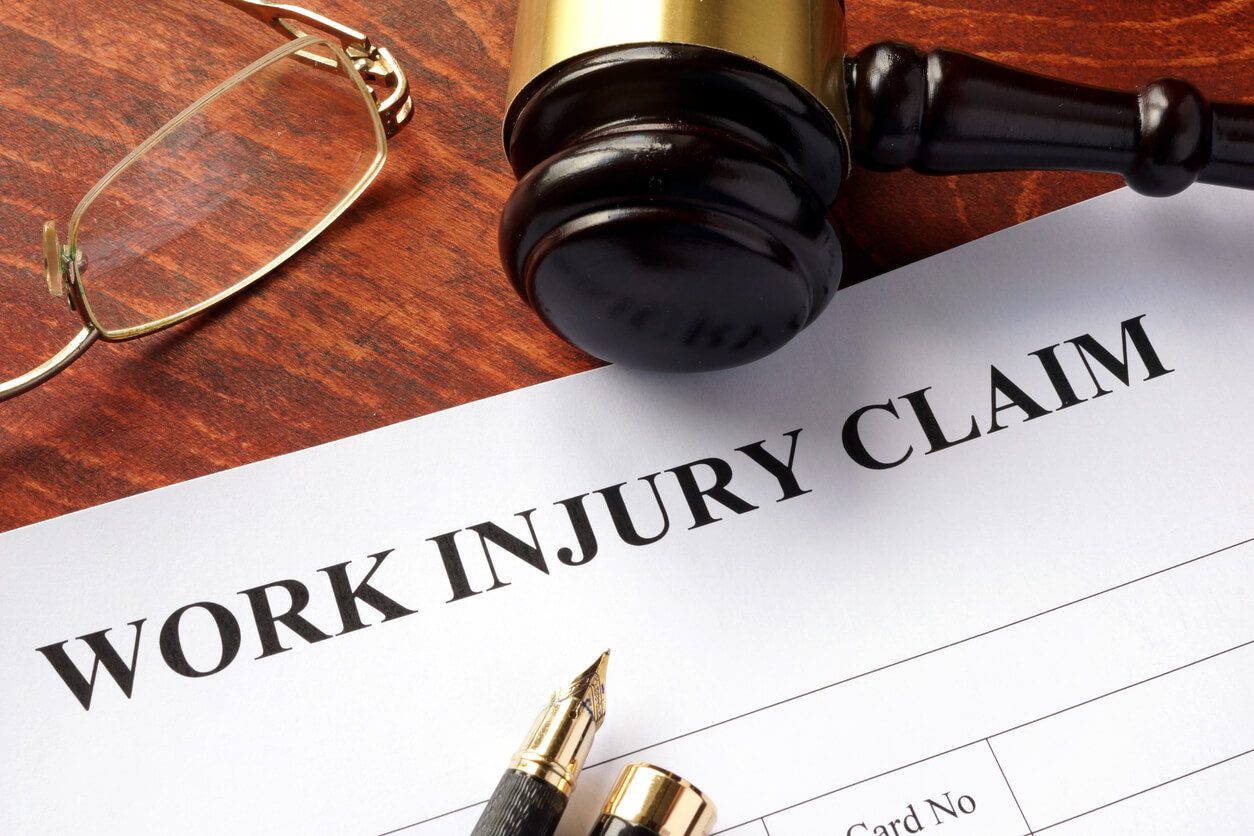
If you get hurt at work, workers’ comp benefits might cover your injuries. However, remote work creates unique challenges for these claims. It is important to understand how workers’ compensation applies to remote workers. This is especially vital as more companies adopt flexible work options.
Workers’ compensation laws are different in each state. This means that the rules in one state might not be the same in another. Remote workers need clear information to stay protected from injuries that happen while working at home.
Workers’ Comp While Working from Home
Workers’ compensation for remote employees depends on whether the injury happened during work-related tasks.
For remote workers, it is important to show the injury occurred while doing job duties. This includes answering emails or attending virtual meetings, not personal tasks like cooking or walking your dog.
Injuries during designated work hours and tasks are more likely to be covered. Meanwhile, those during breaks or personal time may face more challenges.
State Law Variations
Workers’ compensation laws differ significantly across states regarding remote work coverage. Some states have embraced expanded definitions that include home offices. Meanwhile, others maintain strict traditional workplace requirements.
Research your state’s specific laws and recent court decisions regarding remote work injuries. Legislative changes continue to evolve as remote work becomes more common. Stay informed about updates to your state’s workers’ compensation laws that might affect remote work coverage.
Common Types of Remote Work Injuries
Remote work injuries can range from minor to serious. Knowing common types helps identify potential workers’ compensation cases.
1. Ergonomic- and Repetitive Stress-Related Injuries
Poor home office setups often lead to issues like back pain, neck strain, or carpal tunnel syndrome. These injuries develop over time due to improper chairs, desks, or equipment.
To support your claim, keep medical records, work schedules, and proof of your office setup.
2. Slip and Fall Accidents
Falls are common remote work injuries, happening while moving around your home during work hours. Examples include tripping on stairs or slipping on wet floors.
Accidents in your work area during work hours are more likely to be covered than those in personal spaces.
3. Equipment-Related Injuries
Faulty equipment, like collapsing furniture or electrical issues, can cause injuries. If company-provided equipment is involved, your claim is stronger. For personal equipment, document its condition and maintenance to support your case.
Factors That Strengthen Your Workers’ Compensation Claim
Certain factors can improve your chances of receiving workers’ compensation for remote work injuries.
Clear Work Schedule Documentation
Keep detailed records of your work schedule, such as time tracking logs, email timestamps, and calendar entries. These show you were working at the time of the injury.
Defined work hours make claims easier. Flexible schedules require extra documentation of your work patterns and communication with supervisors.
Designated Home Office Space
A dedicated home office strengthens your claim by separating work from personal areas. Injuries in these spaces during work hours are more likely to be covered.
Using mixed-use spaces like kitchen tables or couches can complicate claims. Even in small spaces, try to set up a clear work area.
Employer-Provided Equipment and Setup
Company-provided equipment, like desks or computers, helps connect injuries to work duties. Injuries caused by this equipment are more likely to be covered.
Employers sometimes reimburse home office costs or offer ergonomic support. This shows they view your home office as part of the workplace, which can support your claim.
Steps to Take After a Remote Work Injury
Follow these steps to protect your rights and build a strong case.
Immediate Medical Attention
Schedule an occupational health appointment right away for any work-related injury. Do this, no matter how minor it seems.
Delaying treatment can make your claim more difficult and might also make your injury worse. In emergencies, seek professional medical help without hesitation.
Let your doctor or medical provider know that your injury happened while you were working from home. This detail is important for showing that your injury is work-related.
Be sure to ask for copies of all medical records. They will be needed for your workers’ compensation claim.
Notify Your Employer Promptly
Inform your employer about your injury as soon as possible after it happens. Many states require you to report workplace injuries quickly, often within 24 to 48 hours.
Waiting too long to report your injury could put your workers’ compensation benefits at risk. This may happen even if your claim is valid.
When reporting the injury, provide clear and detailed information about when, where, and how it happened. Be specific about the work tasks you were doing at the time of the injury. Submitting a written report ensures there is an official record of your injury.
Document Everything
Thorough documentation is especially important for remote work injuries. Take photos of your injury, the area where the accident occurred, and any equipment involved.
Save digital evidence, such as emails or time logs, that show your work activity at the time of the injury.
Write down specific times, what you were doing, and the circumstances surrounding your injury. This documentation can be very helpful if there are any disputes about your claim later on.
Workers’ Comp in Grand Junction, CO
Remote work continues to reshape the employment landscape. And if you are hurt at work, workers’ comp coverage must adapt to these changes. It is important to understand your rights and take proactive steps to document your workspace and activities.
Do not let uncertainty about remote work prevent you from seeking the benefits you deserve for work injuries. Contact WorkPartners Occupational Health for expert evaluation and treatment. Call us at (970) 241-5585 or use our online appointment request form to request a consultation. Visit us for occupational health services today.
We look forward to serving you!






